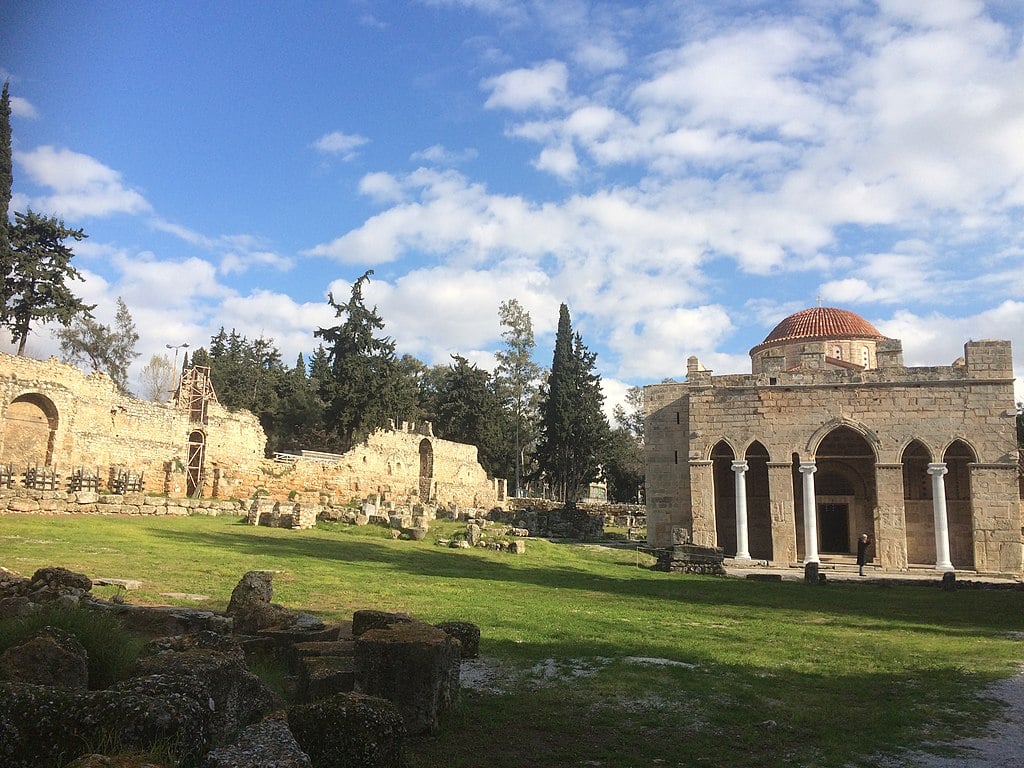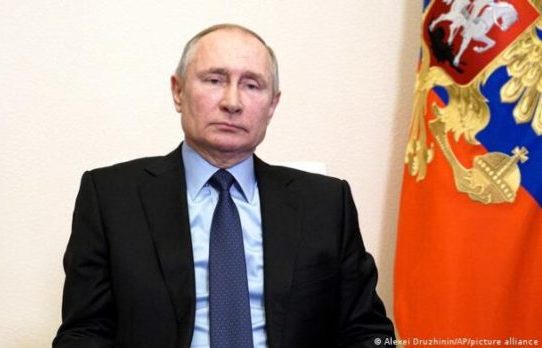The Daphni Monastery in Athens, a Stunning Example of Byzantine Art

The Daphni Monastery on the outskirts of Athens is one of the greatest Byzantine masterpieces and a stunning example of architecture and religious iconography.
The 11th-century monastery along with the famous monasteries of Hosios Loukas near Delphi and Nea Moni on the island of Chios, are designated UNESCO World Heritage Sites for their significant historical and architectural value.
The Daphni Monastery, which lies to the west of Athens, almost halfway along the ancient Sacred Way to Eleusis or Elefsina, was originally built in the 6th century, although all surviving buildings are from the 11th century.

Daphni Monastery had strong defensive walls
The first monastery was erected on the site in the 6th century A.D. and was enclosed by strong defensive walls, almost square in plan. The catholicon was a three-aisled basilica that stood in the center of the courtyard.
Along the inner NE side of the walls, two-storeyed buildings were constructed, containing the cells of the monks. A reception hall and a second block of cells were attached to the north wall of the enclosure.
The second phase, dated to the end of the 11th century (around 1080), is the one preserved.
The catholicon is a church of the octagonal type, surmounted by a broad and high dome. It has a narthex, formed as an open portico in which the Ionic columns of the ancient temple of Apollo were built.
The exonarthex was constructed a little later, in the early 12th century and the chapel to the west was added in the 18th century and during the Greek Uprising it was turned into a cistern.
The porch with the three-pointed arches in the west facade of the narthex was added in the 13th century by the Frankish monks and certainly points to western influence. At the same time, a second floor was built above the narthex and the exonarthex, reached by a spiral staircase in a square tower on the north wall. It was probably used as the abbot’s residence or as a library.
Superb mosaics adorn the church of the Monastery
The interior of the church is decorated with superb mosaics, dating from the end of the 11th century, a unique, fine example of the Classical idealism of Middle Byzantine art.

The crowded scenes of the mosaics narrate scenes from the life of Christ and the Virgin. The individual figures represent archangels, prophets, saints, martyrs, and bishops.
Their arrangement in the dome, the cross-arms, the sanctuary and the eso-narthex was dictated by the concept that the nave represented the universe with the dome symbolizing the heavenly vaults and the floor of the earth.

To the north of the church lies the refectory, an oblong rectangular building with an apse, also decorated with wall paintings. At a distance of around 100m. to the SE is the cemetery of the monastery with the chapel of Aghios Nikolaos (St. Nicolas), built in the 9th century A.D.
The Daphni Monastery is built on the site of the ancient sanctuary of Apollo Daphnaios which was destroyed during the invasion of the Goths in 395 A.D.

Of the old temple only one Ionic column still remains in the colonnade of the narthex, while the rest were removed by Lord Elgin in the 19th century.

The monastery, dedicated to the Dormition of the Virgin, was founded in the 6th century A.D. and in spite of its great wealth and fame, it was abandoned. It was reconstructed at the end of the 11th century by an unknown benefactor.
During the Greek Revolution, it was used as a garrison. In 1838-39 Bavarian troops settled on the site and in 1883-85 it was used as a lunatic asylum. It suffered severe damage from earthquakes in 1889 and 1897.






